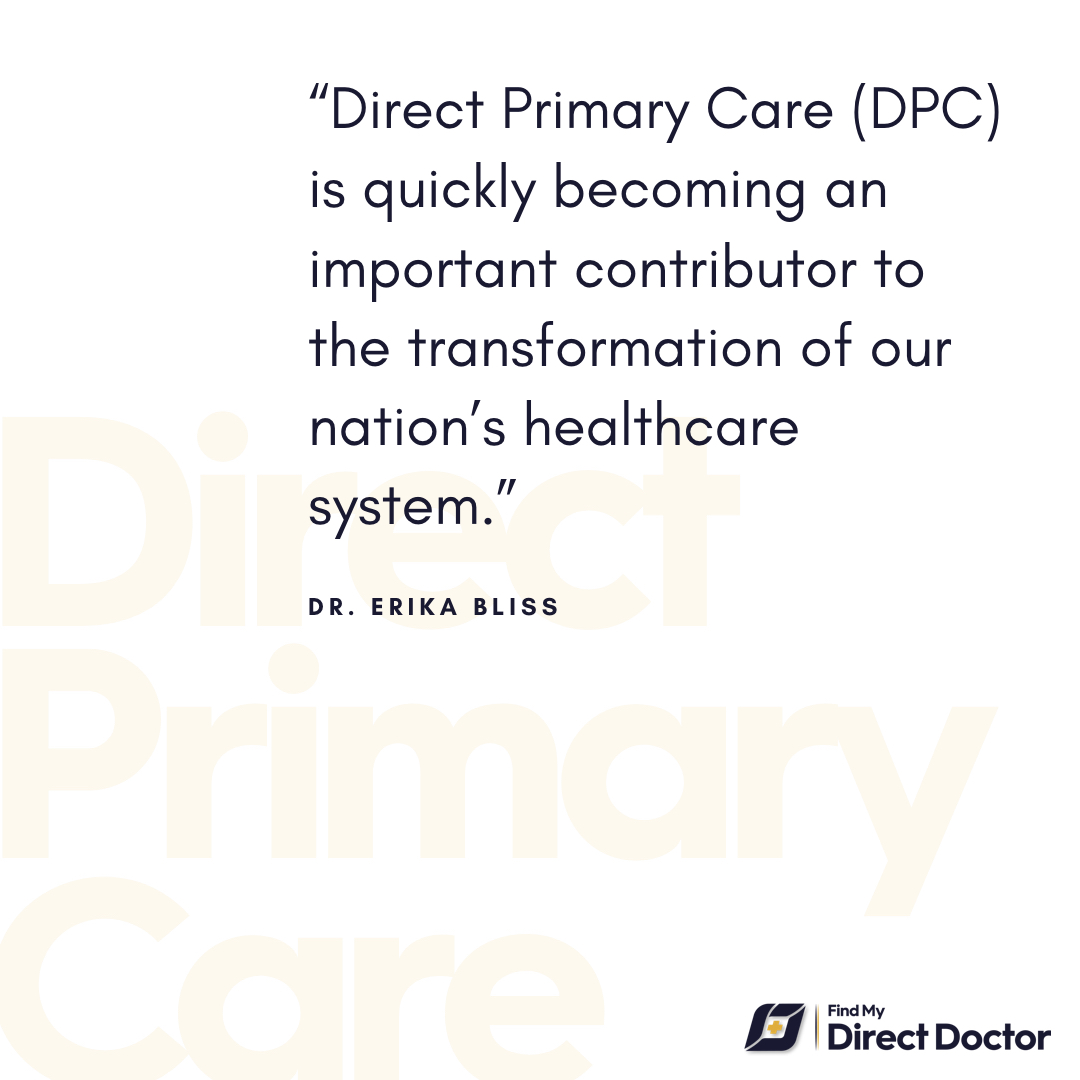



Direct Primary Care (DPC) gives patients direct access to their family care physician, discounted medication and out-patient services, and many other invaluable benefits for an affordable monthly subscription.
If you're interested to know how direct primary care works and how different it is from the traditional, insurance-based health care system, here is essential information to keep in mind:
A Direct Primary Care subscription can range from $30-$300 a month, just as much as a couple of dinners out. In comparison to concierge medicine, DPC subscriptions tend to be on the more affordable side.
Your subscription fee can be settled on a monthly, quarterly, or annual basis, depending on what works best for you. Many patients appreciate direct primary care because they can avail themselves of the services immediately upon subscribing, and they are free to drop out of their subscription anytime.
Direct Primary Care is a refreshing alternative to traditional health insurance. You must pay for your deductibles first before you can avail of any services and are required to settle copay fees even after that.
Any DPC subscription's universal benefit entitles you to is direct, unabridged access to your primary care physician. You are welcome to get in touch with your DPC physician 24/7 via their personal line. DPC subscription includes emergency consultations, teleconsultations via call, text messaging, video call, and even same-day or next-day appointments.
Clinic visits are also unlimited with no copay fees and are more sincere and comprehensive, given that DPC physicians allot at least 30 minutes for each patient they see.
Other exclusive perks included in a DPC subscription are heavily discounted lab procedures and in-patient services, as well as medication at wholesale cost.
For instance, a Complete Blood Count (CBC) test will cost you $1-$2 in a Direct Primary Care clinic, whereas having the same test done in a corporate hospital will cost you $50-$60.
When it comes to maintenance medication, direct primary care offers so much value in the form of long-term savings, especially for those who chronic conditions.
Antihistamine medicine like Cetirizine can cost you up to $14.43 for a 10-mg dosage, while many DPC clinics can dispense it for only $1.08. The money you save from medication alone is enough to pay for your DPC subscription already!

Time to settle the myth once and for all: No, your DPC subscription does not replace your health insurance as it only covers primary care/routine care services and not hospitalization services.
The good news? Having a direct primary care subscription enables you to reduce your health insurance to a more affordable plan, one that covers catastrophic expenses, subspecialty services, and hospitalization services only.
True to its name, services incurred within a DPC subscription are to be settled directly between doctor and patient, without any intervention from third-party billers, such as insurance companies and corporate hospitals.
Many patients find relief because direct primary care minimizes interaction between you and your insurance provider. That means no more headaches over rising deductibles, copay fees, and outrageous out-of-pocket expenses that are not covered by your insurance plan.
Unrestricted access to a primary care physician can have substantial, often transformative effects on the individual's health. The whole idea of contacting your physician is just a phone call away has immensely benefited patients all over America.
It has curbed emergency health situations, kept debilitating illnesses at bay, and managed paralyzing hospital care costs.
Even more so now, the concept of Direct Primary Care has been a huge help for doctors and patients alike when navigating through the COVID-19 pandemic.
Whether it's explaining to a person with diabetes how much higher their risks are for contracting COVID-19 or helping an obese patient through their weight management journey, there is a compassionate doctor-patient relationship nurtured.
The compassionate doctor-patient relationship fostered by Direct Primary Care drives great patient satisfaction, improved medical outcomes, and reduced health care costs.
Our clients have been tremendously appreciative of the service that we provide throughout this pandemic. For instance, our robust data analytics engine helps us identify who the high-risk patients are and allow us to proactively reach out to them. - Dr. Chris Miller, MBA, CEO of Paladina Health, One of the country’s largest Direct Primary Care providers.
A 2014 survey reveals that 90% of patients with a Direct Primary Care subscription are satisfied with the care they are receiving, in contrast to 67% of patients who are in traditional family practice.
The survey also reveals that 97% of Direct Primary Care patients believe that their doctors take a personal interest in their health care, which is more than one-third higher than those in the insurance-based traditional family practice.
More and more subscriptions are also becoming DPC-concierge medicine hybrids. DPC subscription could offer high-value services ordinarily present in a concierge medicine subscription, such as home visits, comprehensive physical exams, and the like. Make sure to check and compare inclusions and perks before finally committing to a subscription that best fits your needs.
Previous Post